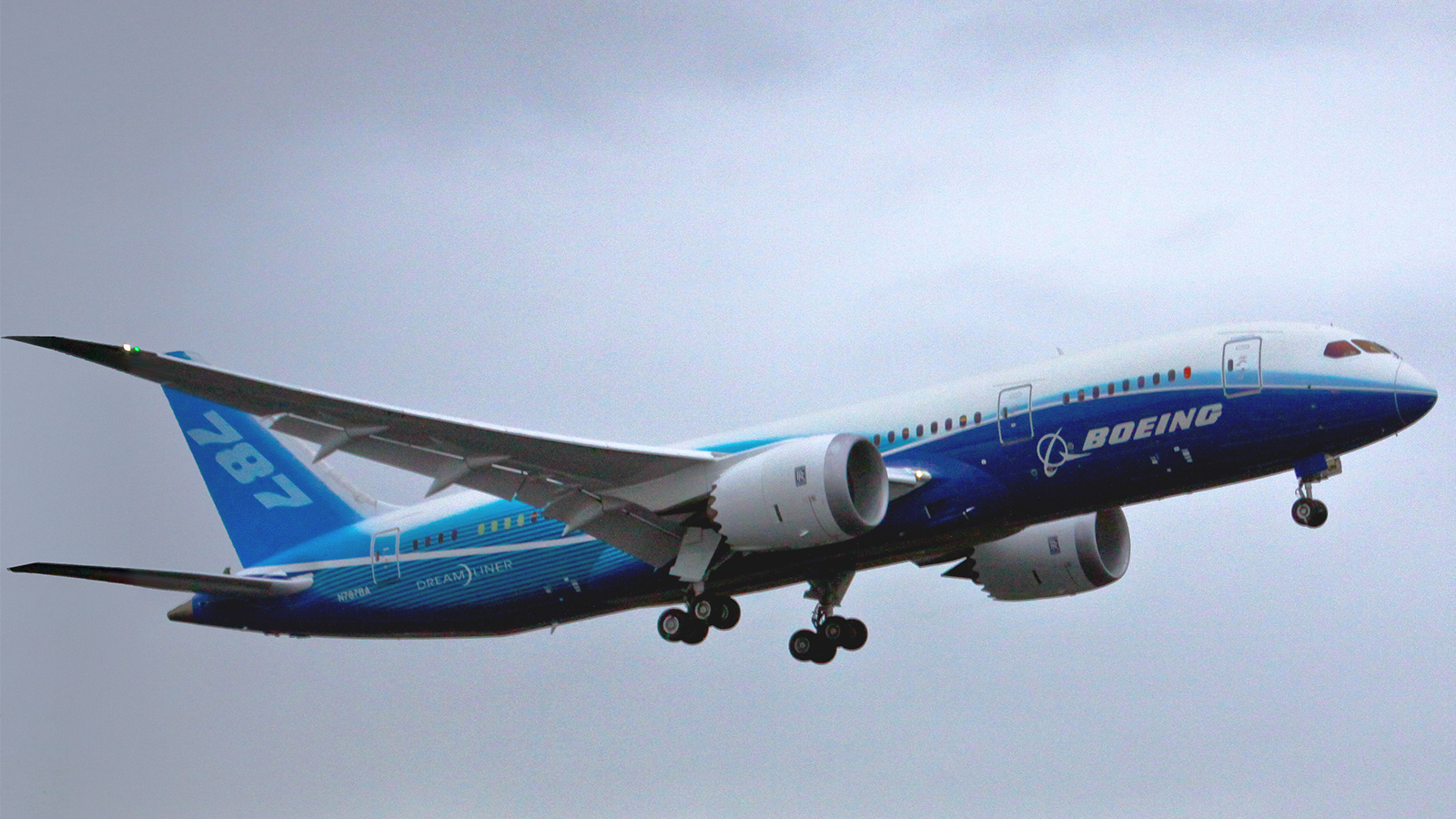Stay Up to Date
Submit your email address to receive the latest industry and Aerospace America news.
An amendment under consideration in the U.S. House of Representatives would remove an FAA authorization provision that two lawmakers have labeled as a “poison pill” to those who favor quieter and cleaner airliners.
The provision in question would bar the FAA from spending funds on research toward those goals, unless congressional appropriators fully fund unrelated programs for economic competitiveness, safety and mission support to the levels in the authorization bill.
The provision to restrict the funding has drawn the ire of Reps. Rick Larsen, D-Wash., and Barbara Comstock, R-Va., whose district is home to Aurora Flight Sciences, a Boeing subsidiary that receives some of the FAA funding.
At issue is the future of the FAA’s Continuous Lower Energy Emissions and Noise, or CLEEN, program. Under this Obama-era initiative, the FAA in 2015 awarded contracts to eight companies requiring them to match or exceed the awards with their own dollars. Among the recipients were General Electric Aviation of Ohio for its investigations of quiet engine technologies, and Aurora Flight Sciences, which is developing composite airframe materials that could clear the way for noise reducing configurations.
The amendment to the multiyear FAA Reauthorization Act of 2018 would strike the spending restriction for CLEEN and clear the way for the program to receive its share of FAA research-and-development authorizations through 2023. Congressional authorizers and appropriators are poised to approximately double the Trump administration’s FAA research-and-development request for 2019, maintaining the levels of the Obama era.
The House Rules Committee was scheduled to consider the amendment this week.
On the Senate side, a staffer said lawmakers could vote on the Senate version of the FAA reauthorization in May.
Richard Efford, assistant vice president of legislative affairs at the Aerospace Industries Association in Virginia, said the CLEEN partnerships are a smart way to guide industry spending. “Without a clear signal from the government of where they are interested in focusing their R&D dollars, industry doesn’t know what to invest in,” Efford said.
Under CLEEN, General Electric Aviation has been designing an additively manufactured, sound-absorbing liner for the interiors of jet engines, and guide vanes to reduce the noise created by the wake from their fan blades, said Muni Majjigi, a consulting engineer for acoustics at GE Aviation. Fan wake is the dominant source of engine noise, so Majjigi and his colleagues want to guide the air and prevent it from hitting parts of the engine and creating noise.
If CLEEN funding continues, Majjigi said the plan is to complete lab tests, then prepare for engine testing on the ground in 2020 or 2021. “We want to make sure noise reduction technologies we implement are proven to be safe,” he said.
The technologies could end up in GE engines “over the next five or six years,” he said.
As for the liner, GE expects to call it “Novel Liner.”
The FAA sent me a statement saying it supports the Trump administration’s vision of “improving the efficiency of federal programs through partnerships with industry.” The statement explains:
“In implementing this renewed focus on leveraging private sector initiatives, FAA plans to pivot away from research projects duplicated in private industry.”
About Tom Risen
As our staff reporter from 2017-2018, Tom covered breaking news and wrote features. He has reported for U.S. News & World Report, Slate and Atlantic Media.
Related Posts
Stay Up to Date
Submit your email address to receive the latest industry and Aerospace America news.




